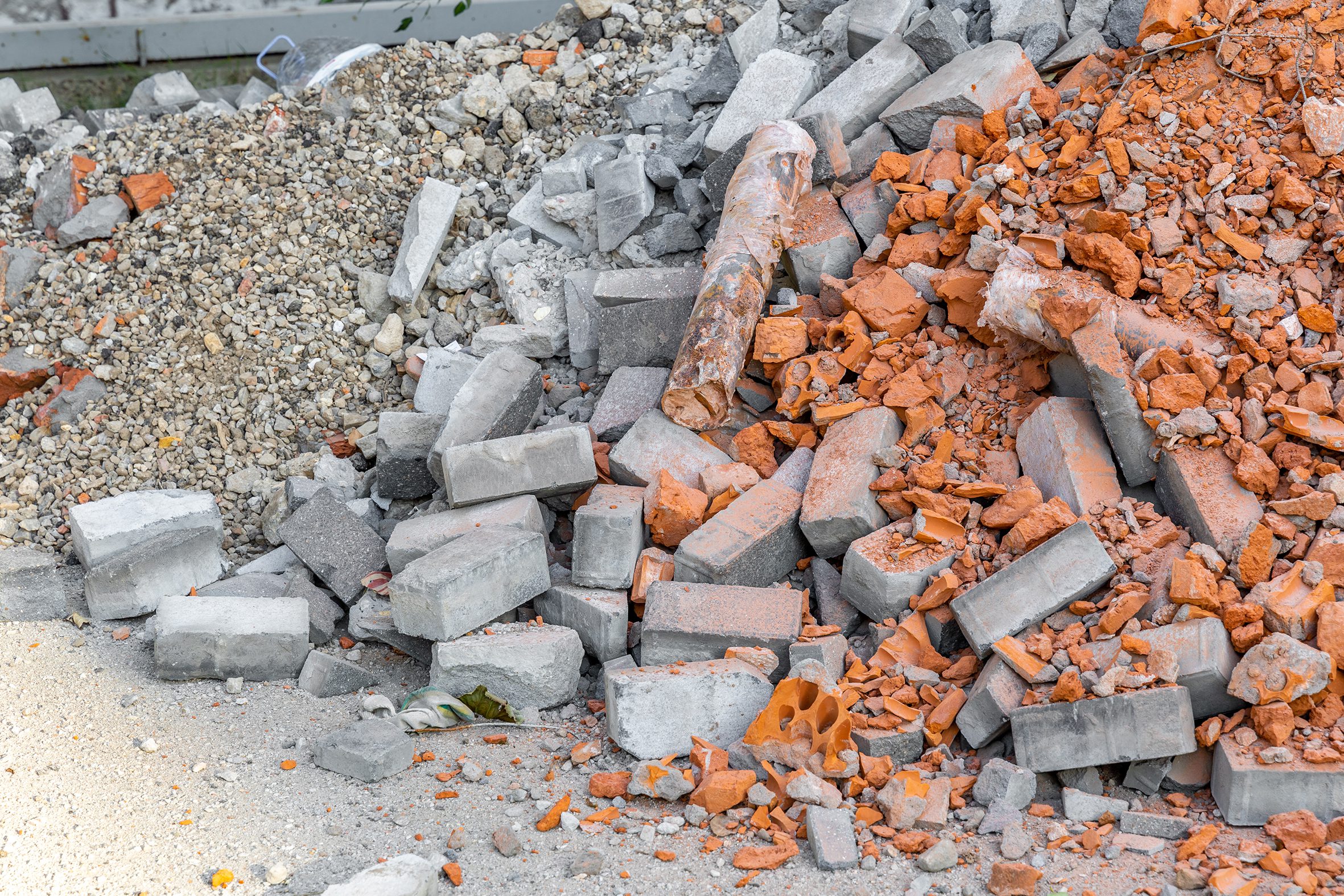
- Zero Waste Scotland’s Site Waste Reduction Protocol is designed by industry specialists
- The excel-based calculator tool is specifically designed to tackle material waste in construction
- Evidence shows that by reducing wasteful consumption and making construction more circular we could reduce Scotland’s overall material use by 11.2% and its carbon footprint by 11.5%
Scotland will not be able to transition to a circular economy without sweeping changes in the built environment and construction sector, according to Zero Waste Scotland’s Circularity Gap Report. The study shows that the built environment, which currently contributes over 50% of Scotland’s overall waste, is an essential pillar in moving to a circular economy, and that reusing materials and reducing waste on site are major areas for concern.
This call to action for the industry comes at the same time as Zero Waste Scotland launches a tool to make one of those key actions – reducing site waste – easier to carry out, measure and quantify. The Site Waste Reduction Protocol will help construction professionals accurately measure and classify site waste, identify what it has cost the business in terms of cash and help take steps to prevent those losses for a more profitable and sustainable business.
The newly published Circluarity Gap Report sets out in detail why that is so important for Scotland’s economy. The report seems to show that only 1.3% of the resources Scotland uses are cycled back into the economy, with over 98.7% of Scotland’s material use coming from virgin resources. This is in addition to Scotland’s per capita material footprint is nearly double the global average. However, by making construction more efficient in the use of materials and resources, using housing more efficiently and giving materials a longer life, we could reduce Scotland’s overall material use by 11.2% and reduce its carbon footprint by 11.5%.
The big wins for the construction sector are in keeping materials in use for longer through more modular building design and designing materials to be easy to disassemble and re-use, and also in reducing the huge volumes of wasted materials that occur.
The Site Waste Reduction Protocol is specifically designed to tackle the litter and consists of an Excel-based calculator tool designed by industry specialists, that helps site staff record and quantify everything that is being wasted. The protocol itself is a method for how to best use the calculator for accurate results, which includes guidance on monitoring skips, estimating quantities and classifying material types. Once you have collected enough data, the calculator can produce reports that show what types of materials are not being wasted most often, how much these have cost the business and gives the data needed to calculate how much this is adding to the carbon footprint of your business.
Zero Waste Scotland’s Stephen Boyle commented: “The Circular Gap Report shows us in no certain terms how much of a problem material waste is for the construction sector, but it can be hard to know where to start in tackling it effectively. The Site Waste Reduction Protocol sets out a simple and robust method for getting a comprehensive picture of what materials are being wasted and where, and which ones are costing you the most financially and environmentally. This allows construction professionals to target action on specific materials, and do it based on their either financial or environmental priorities.”






